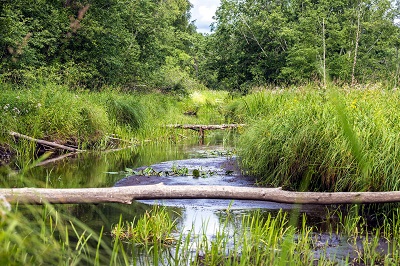The main task of the GBIF is to make information on species available freely and free of charge in a uniform format for all interested parties
The Global Biodiversity Information Facility (GBIF) is an international network that aims to share information on all types of biodiversity in the world. The main task of the GBIF is to make biodiversity information available freely, free of charge, and to a recognised standard to all interested parties [1].

The information of GBIF comes from a wide variety of sources, from museum collections established several hundred years ago and observations by amateur naturalists to research in recent years.
The GBIF was established in 2001 on the recommendation of the Organisation for Economic Co-operation and Development (OECD). At the time, it was considered necessary to set up an international mechanism to make biodiversity data available worldwide. The work of the network is funded by the governments of different countries. Estonia has been a voting member since 2003.
A member state of the GBIF is not required to present reports. However, the data collected in the country must be transferred there so that others can use it as well. Estonia is connected to the GBIF network via several databases. The biggest contribution is made by the PlutoF database of eElurikkus, which contains a large part of the Estonian data on species.
The Estonian GBIF contacts are from the University of Tartu [2]. The GBIF works closely with the Estonian research infrastructures roadmap ‘Natural history archives and information network’ (NATARC).
Links:
Last modified: 11.01.2022
________________